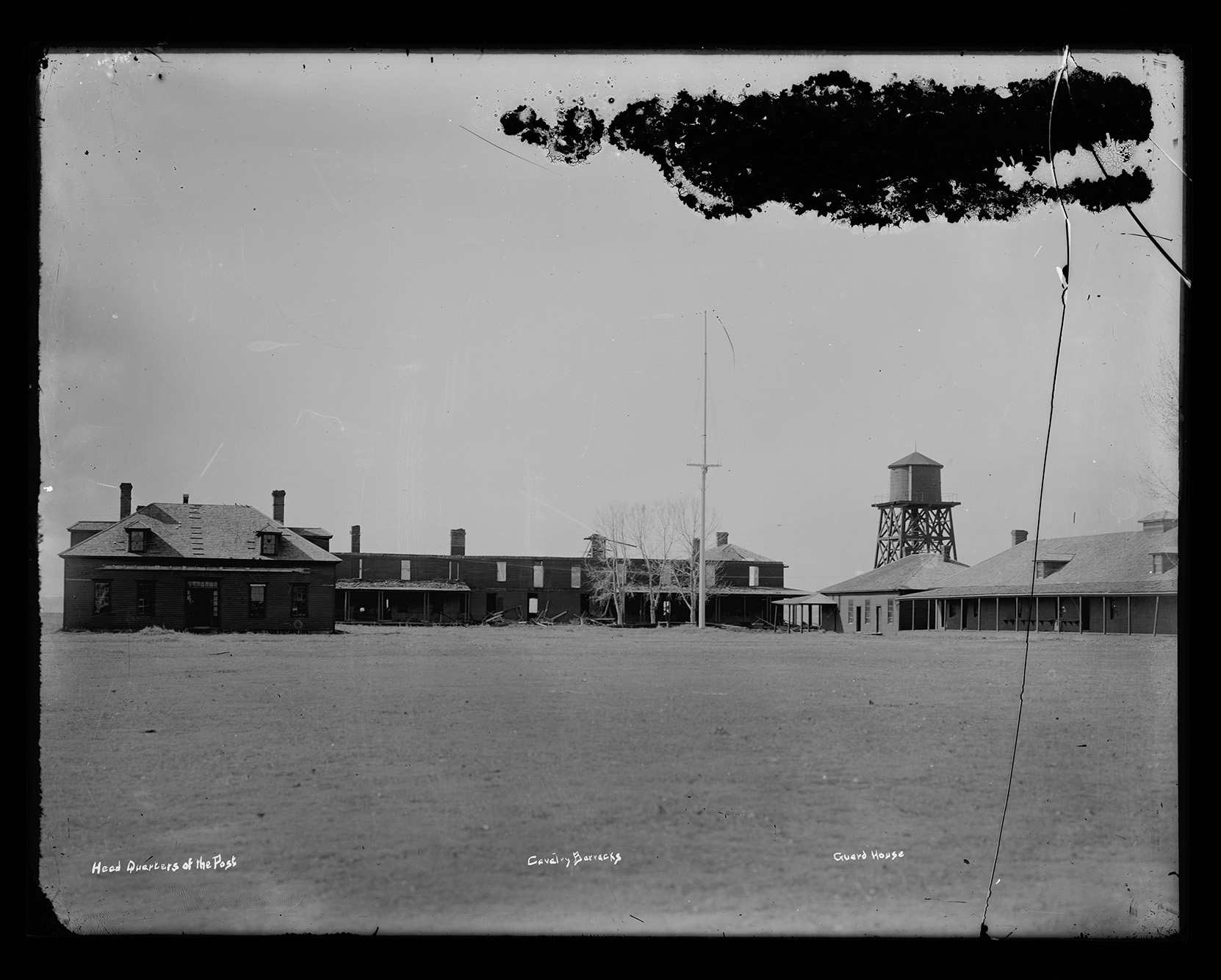Details
Collection: 1952 Digitized Images from Collection
Title: Frank Bennett Fiske
Date: 1880-1952
Summary: Includes prints and negatives of portraits, agriculture, education, wildlife, hunting, Frank Fiske studio portraits, and some views of South Dakota. Fiske’s Native American photographs include portraits, Indian gatherings and ceremonies, boarding schools, Indian houses and dwellings, and Native American agriculture. Fiske’s documentation of daily life on the reservation includes such shots as Sioux customers waiting for a Fort Yates trading store to open; a Sioux dance in the streets of Fort Yates; a plow issue before the agency boarding school; an encampment of tipis, including those traditionally painted; and three Indian men being taxied off the reservation to join the army in WWI.
Enter a subject or term in one or both of the “Search” boxes.
- “Item Detail” searches the Title, Creator and Summary fields of all item-level records.
- “Collection Number” searches the Collection Number field only and requires an exact match.
The “DETAILS” button provides additional information about an item, as well as the following options:
- “Collection Summary” details the contents of the entire collection in which the selected item is located.
- You can print the image and its corresponding details by selecting “Print".
- “Digitized Images from the Collection” returns a list of all digitized items within that collection (available from the “Collection Summary” screen).
Click on image to expand/zoom the image view.
“Photobook home” takes you back to the main Photobook page where you can start a new search.
“Featured Collections” showcases new and/or popular collections and the digitized images within those collections.
Information on how to order copies is located here.
The collections preserved in the North Dakota State Archives include over a million images. Only a small percentage of these images have been digitized. This photo gallery provides a preview of the images that have been digitized.
For more information on the non-digitized images, please refer to the finding aids found on our website at history.nd.gov, or ask a member of our reference staff for assistance.


